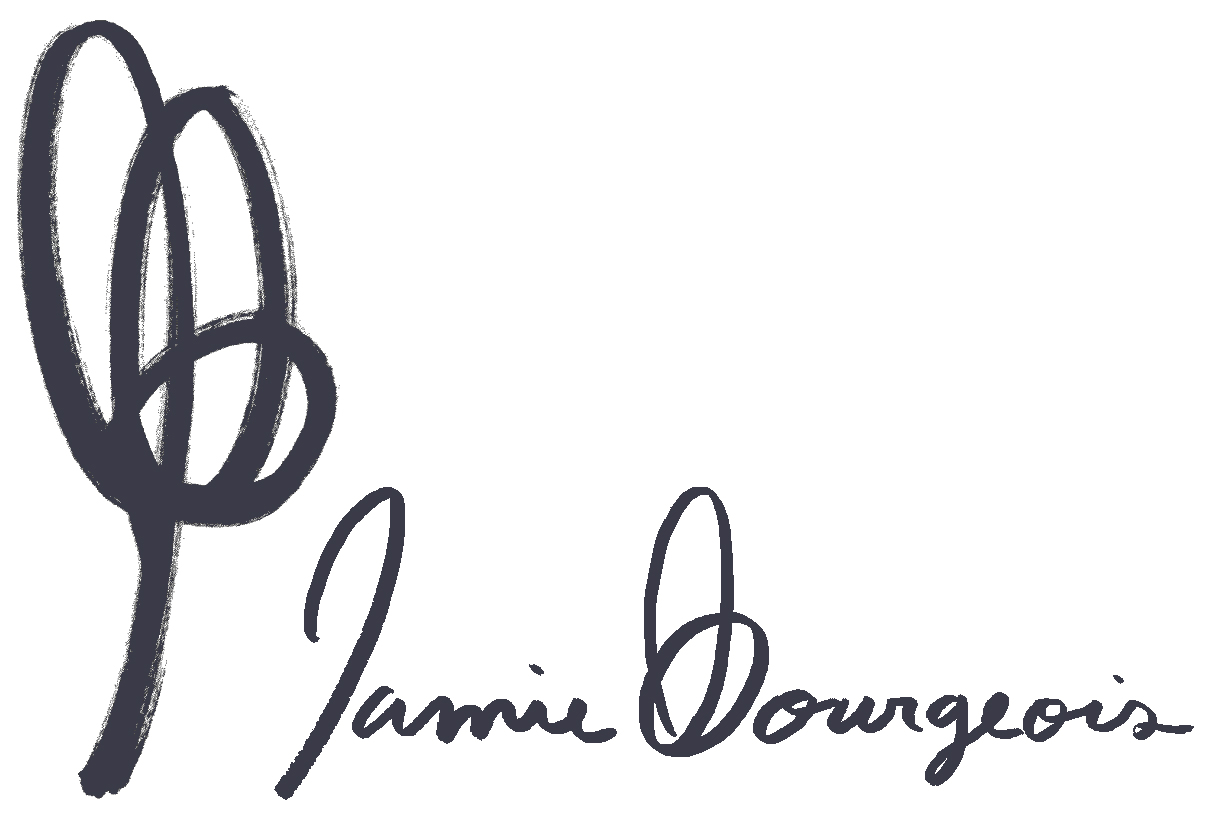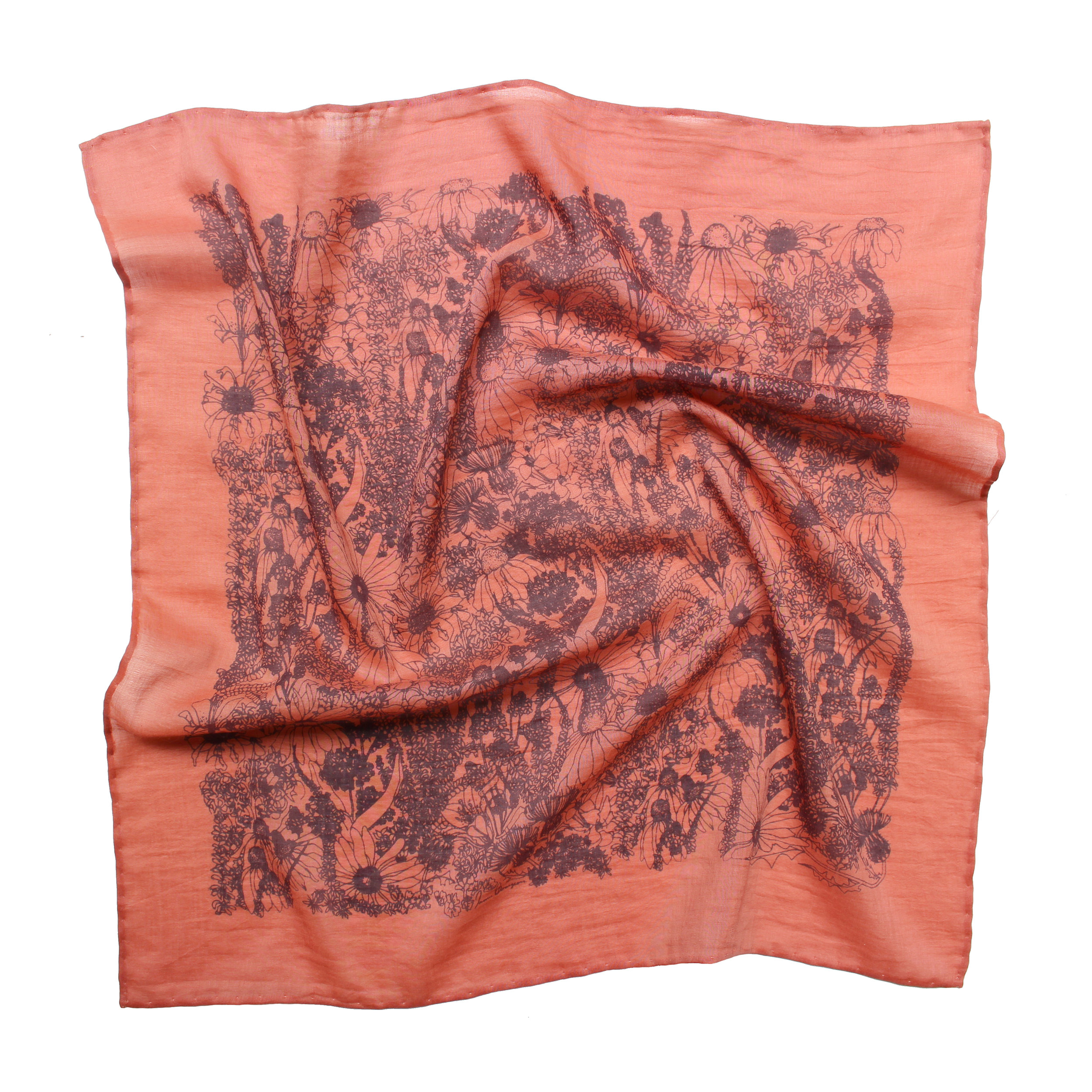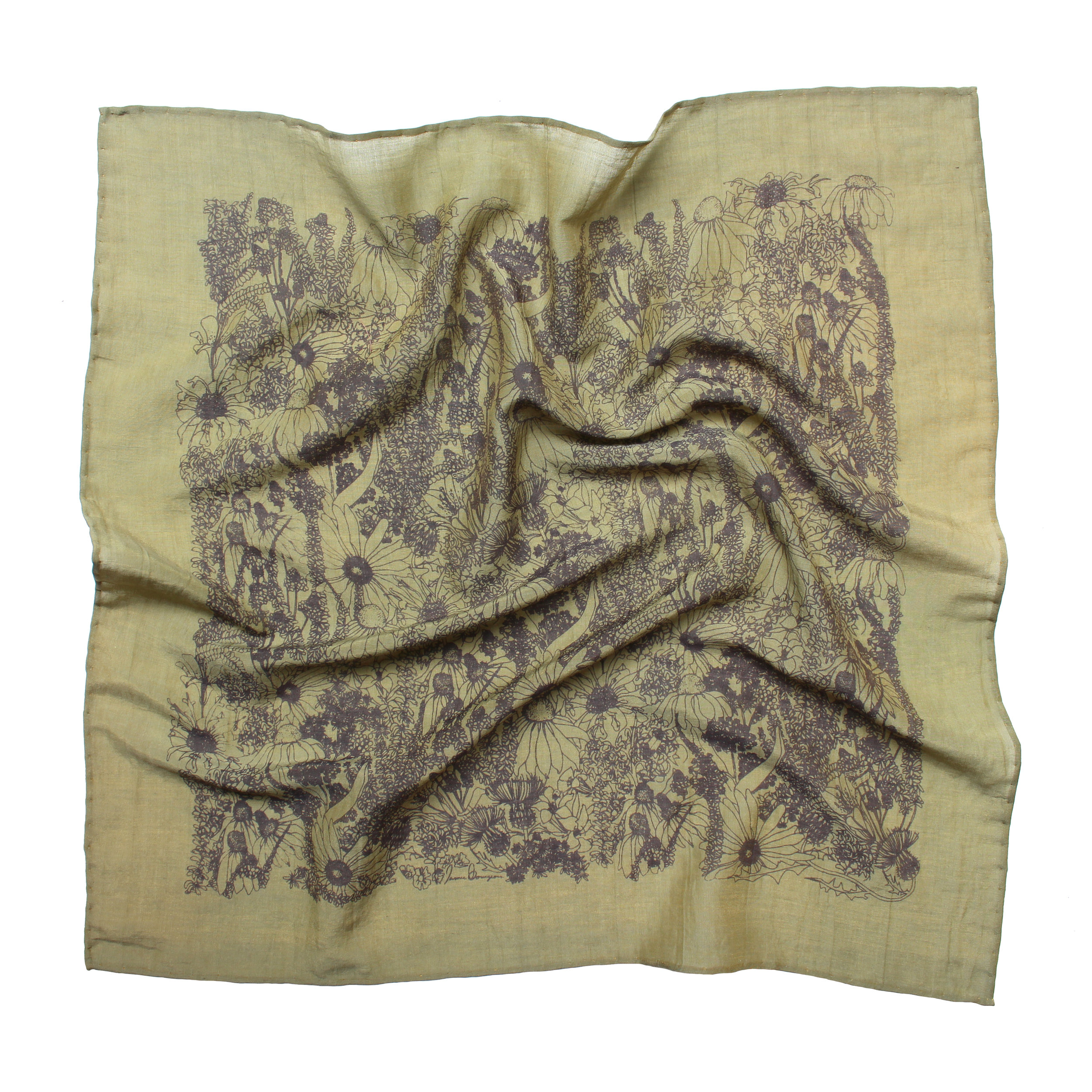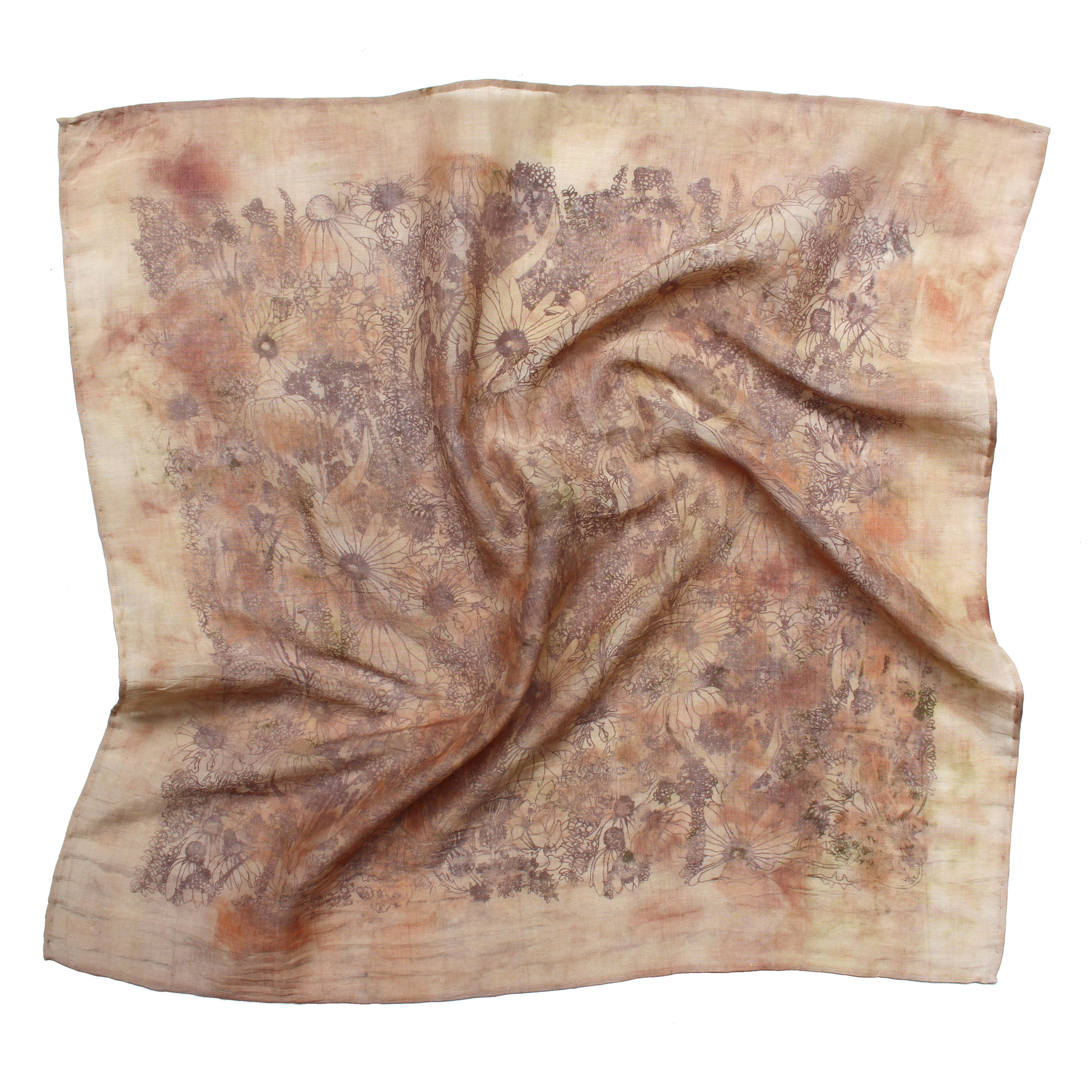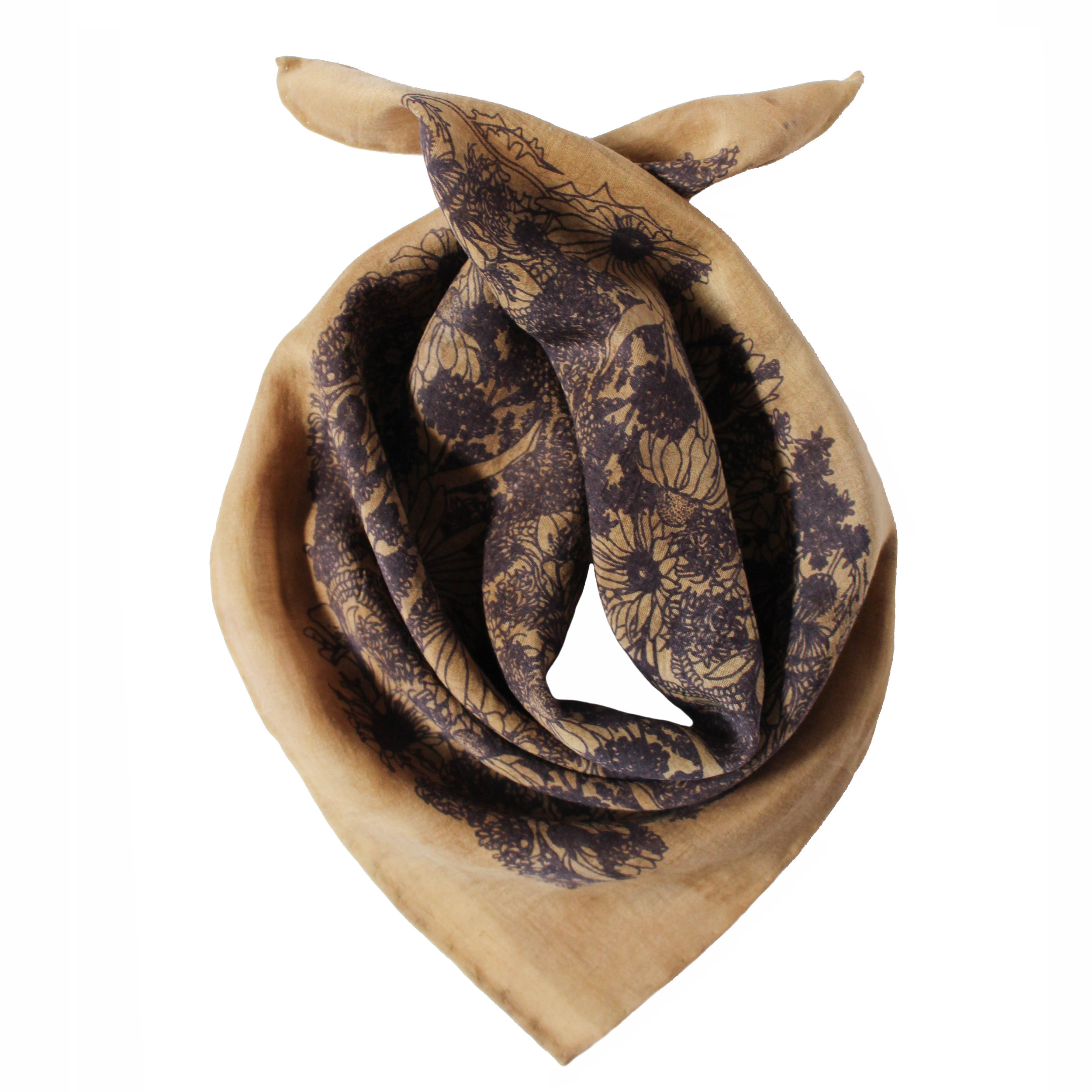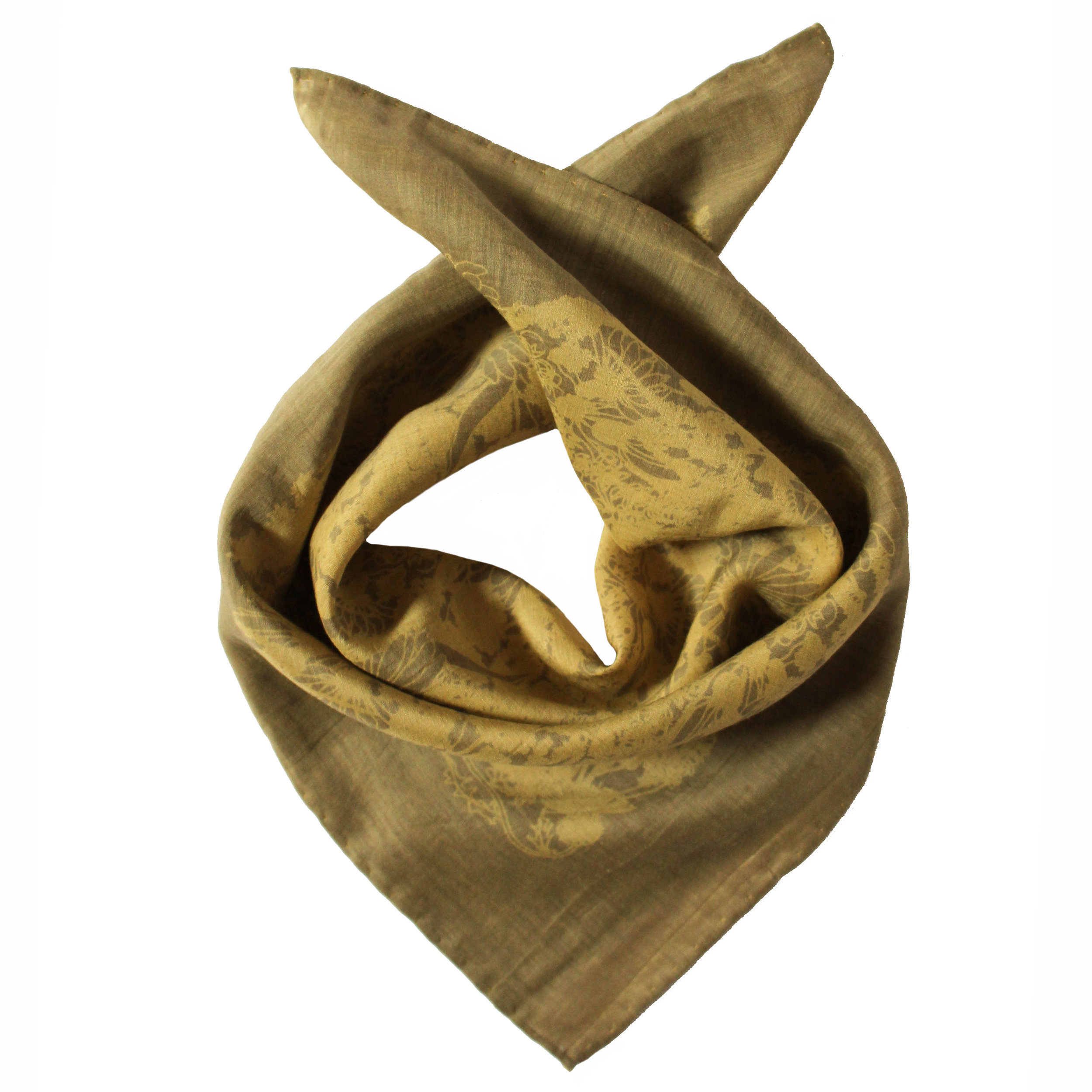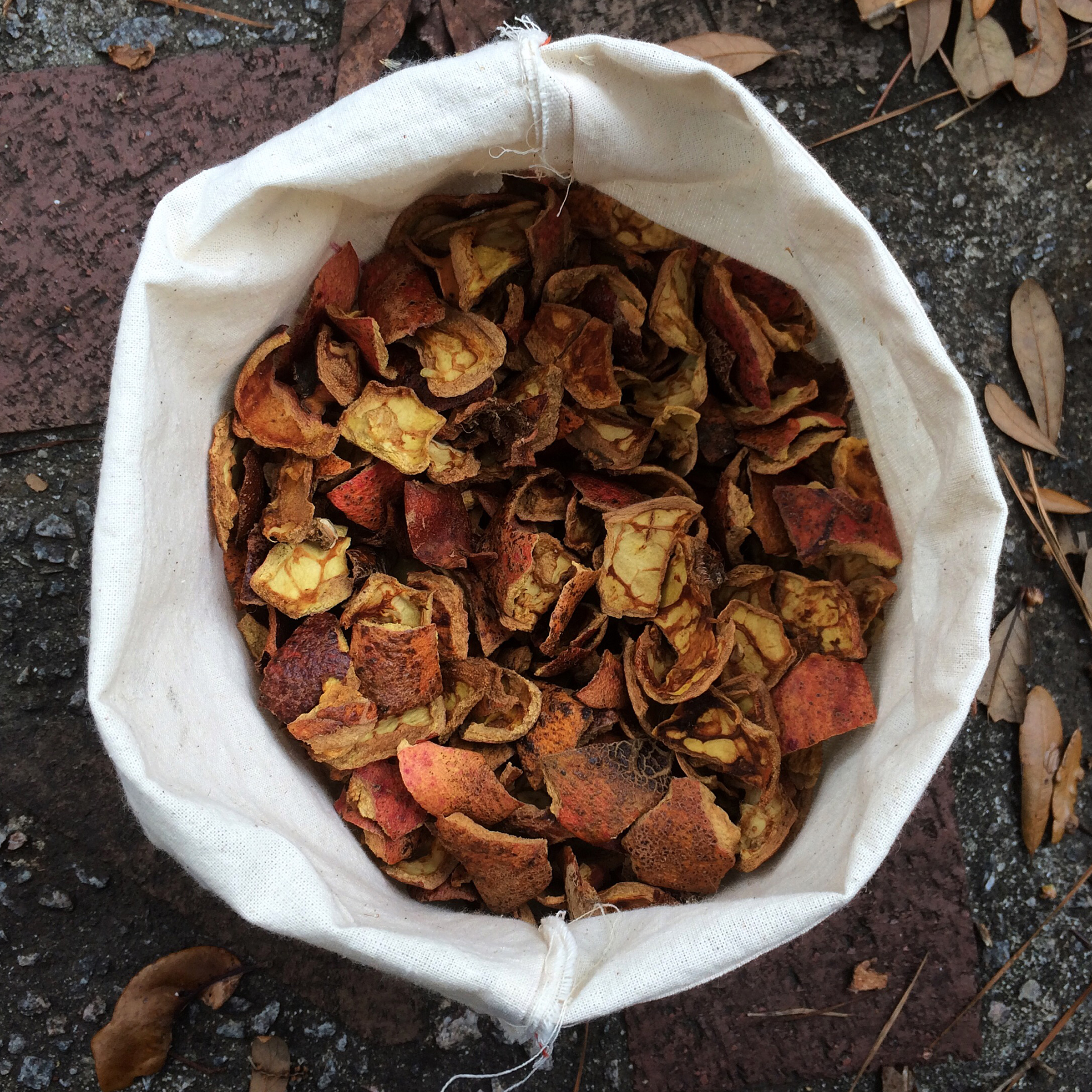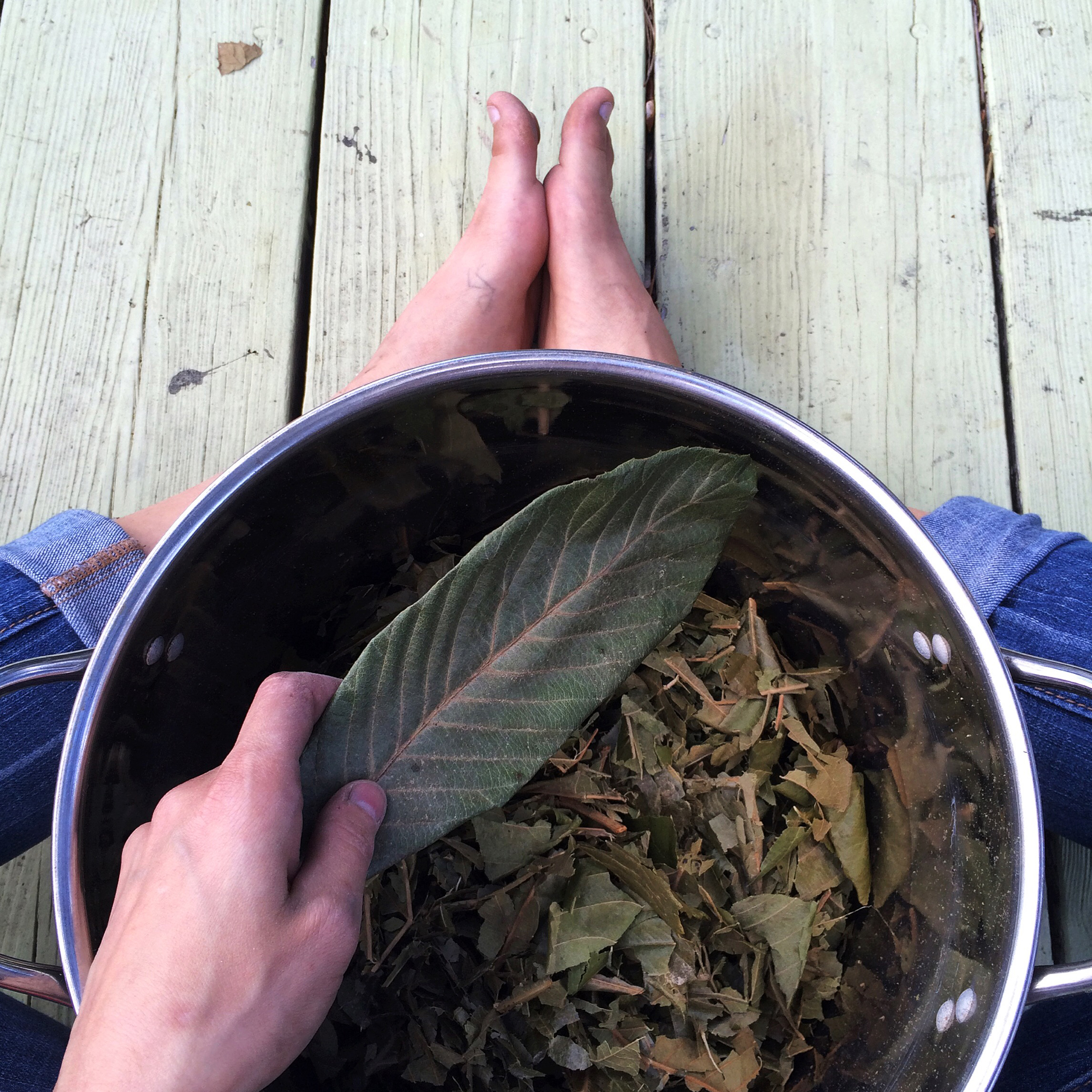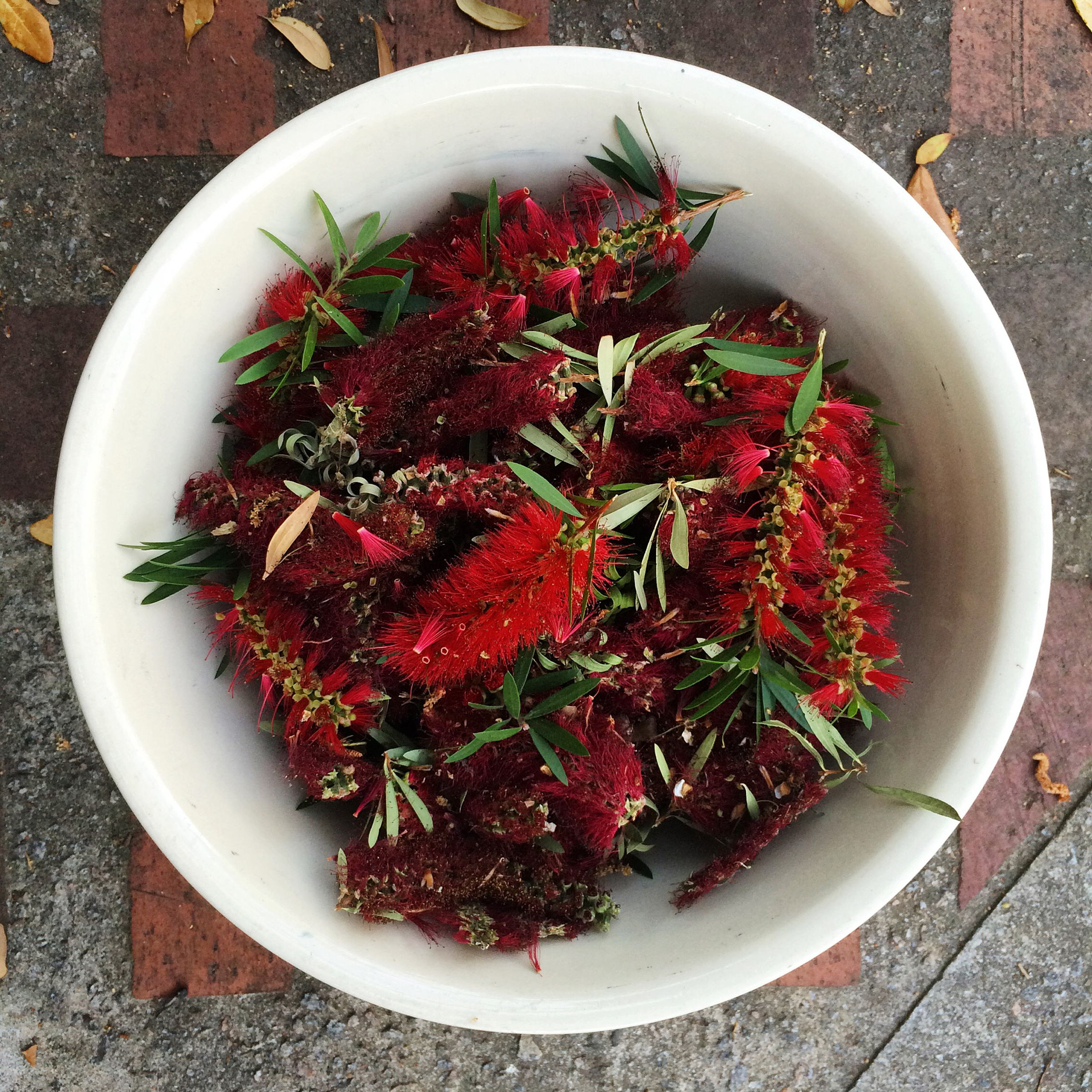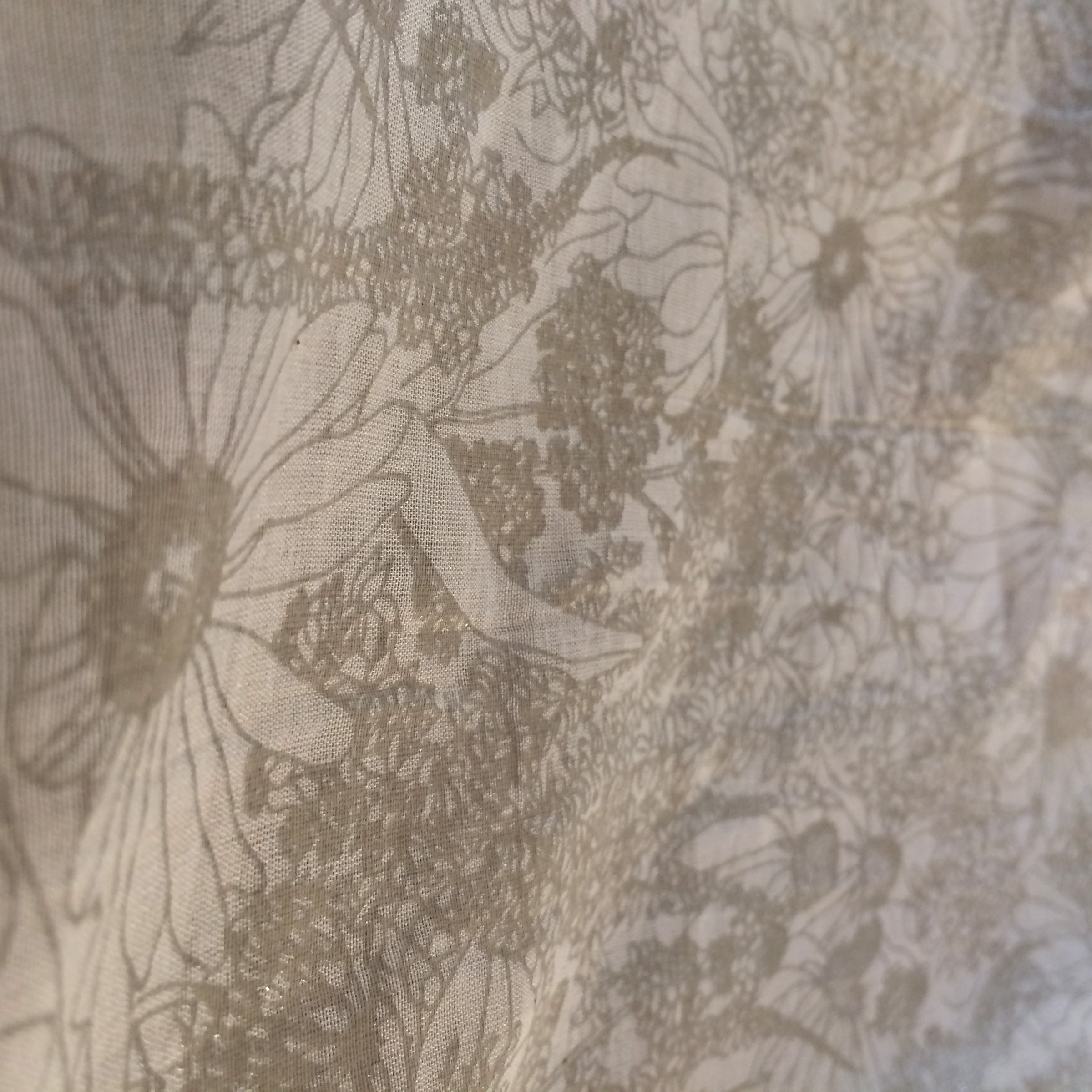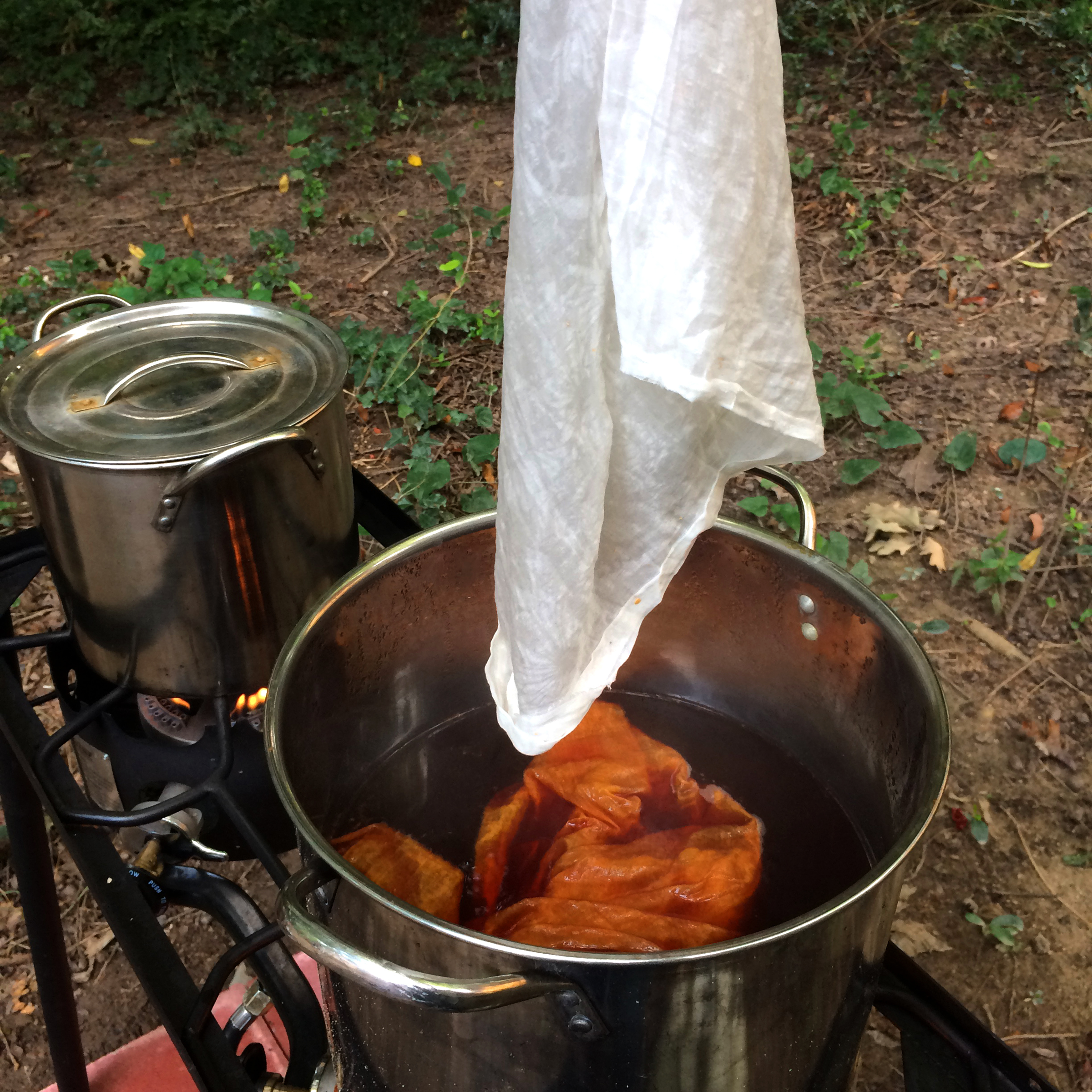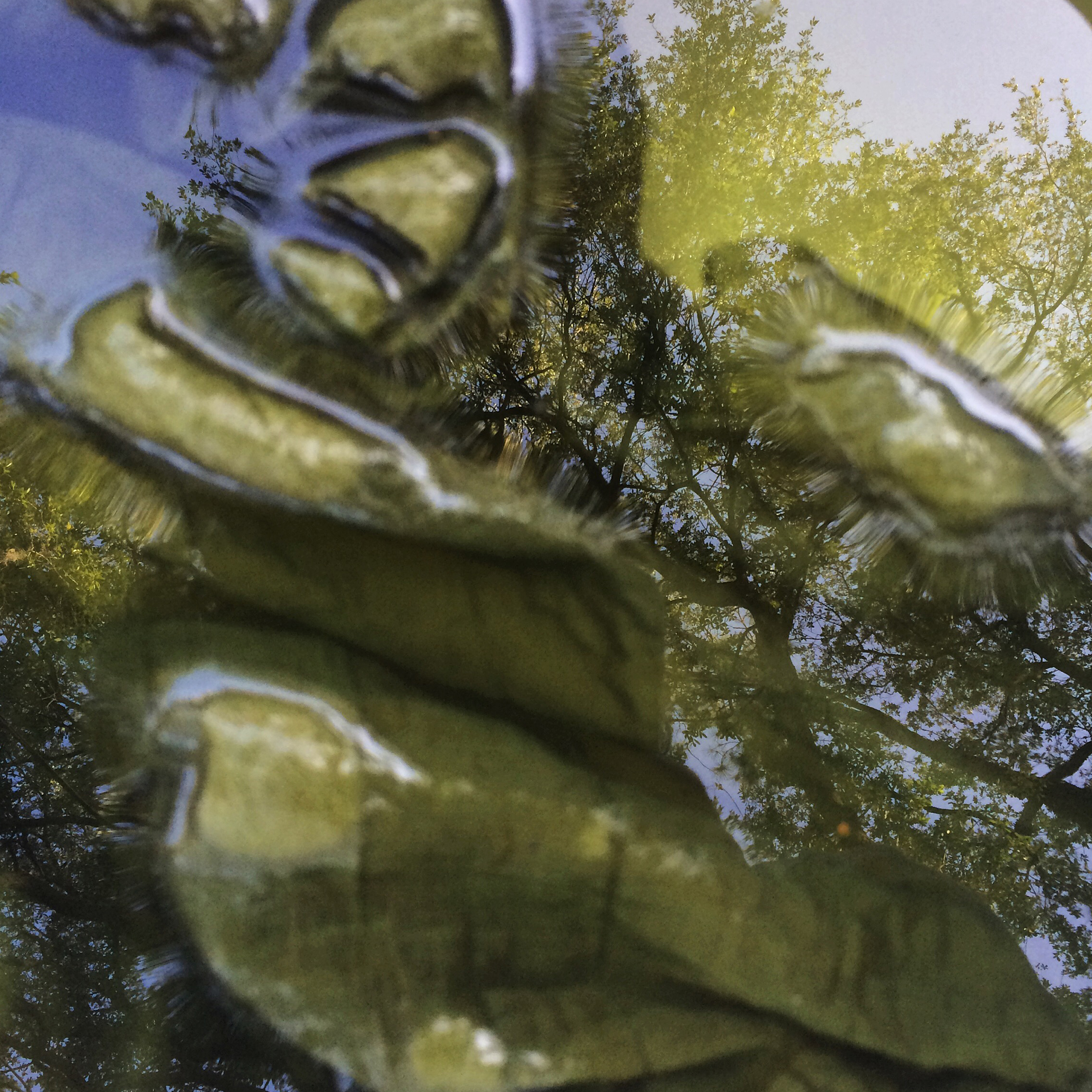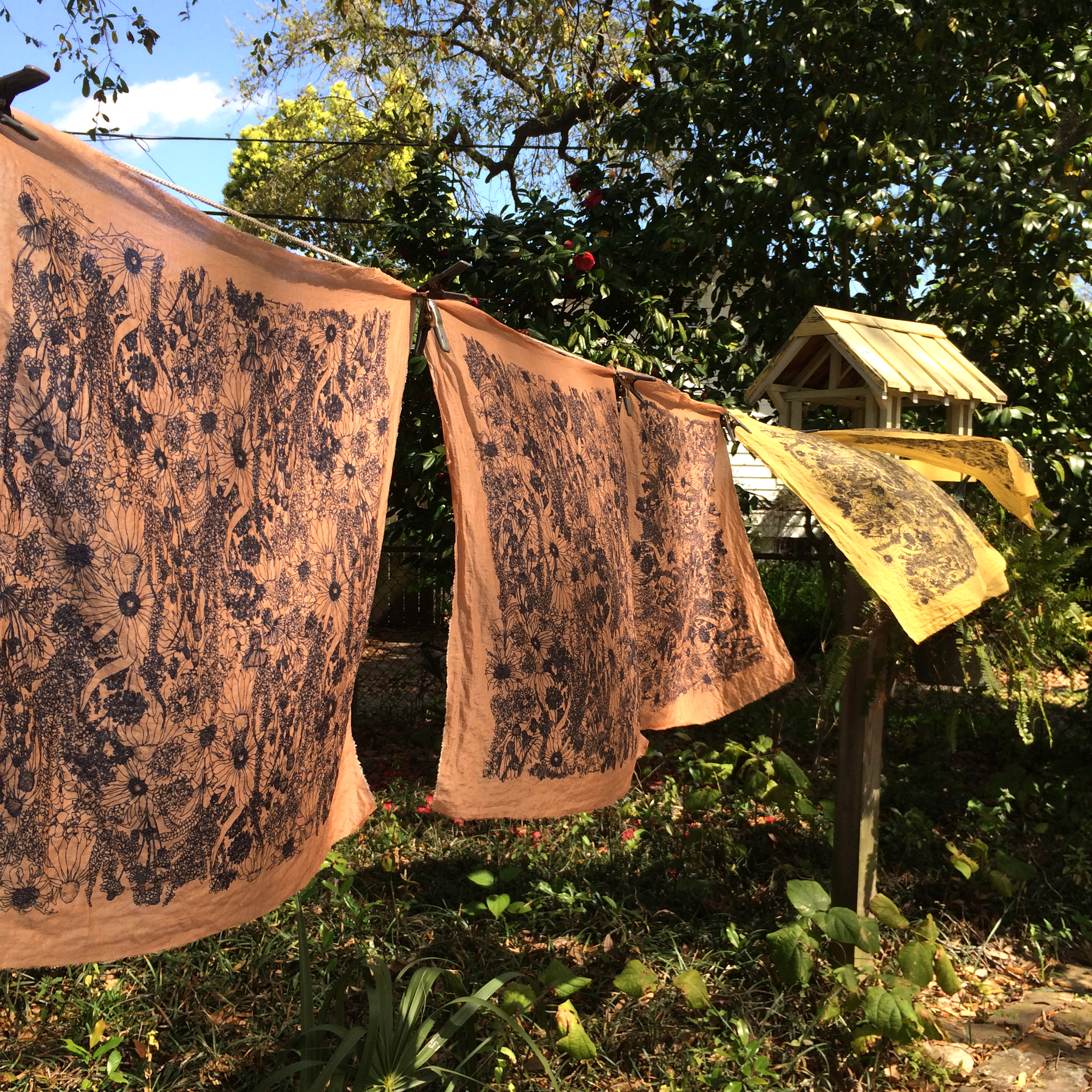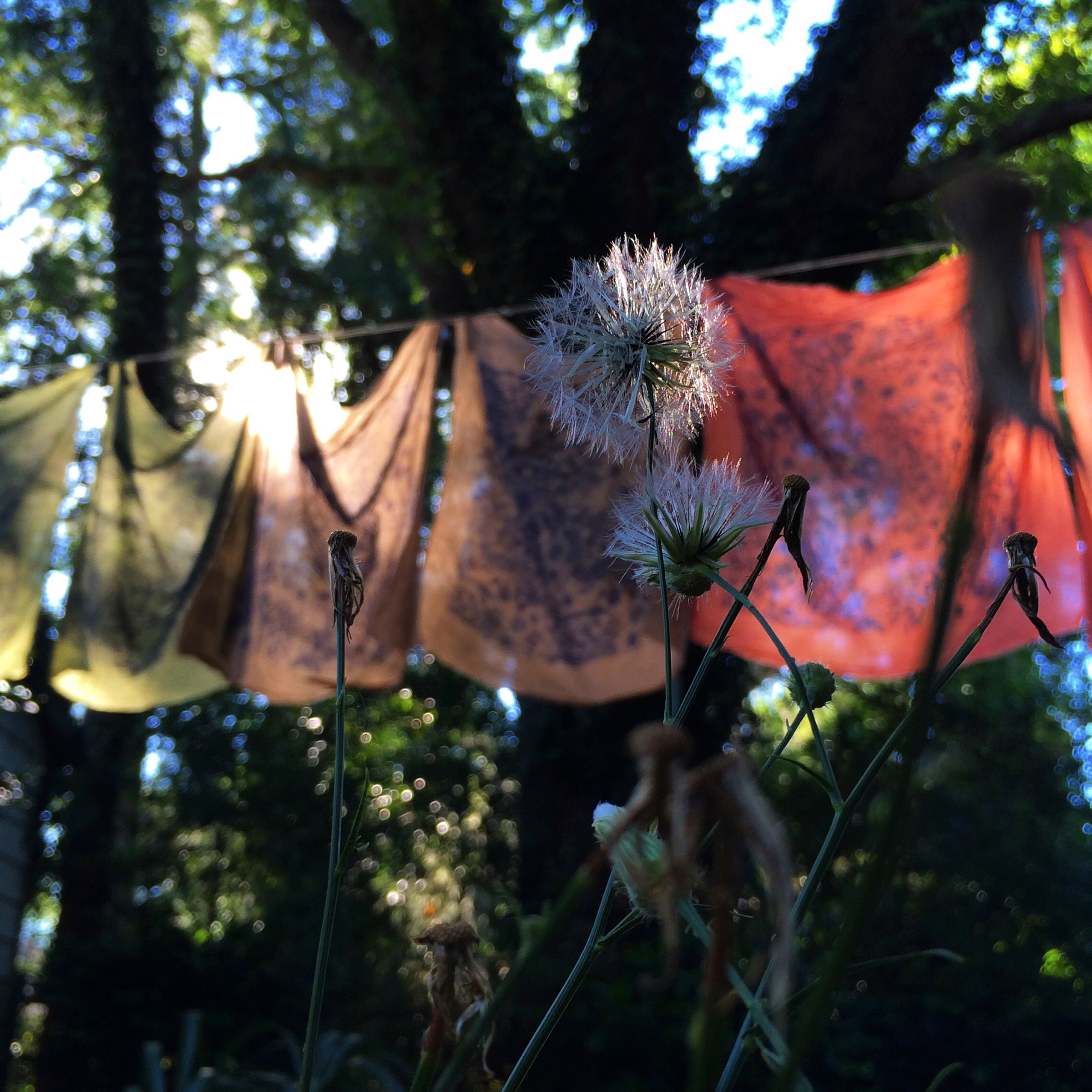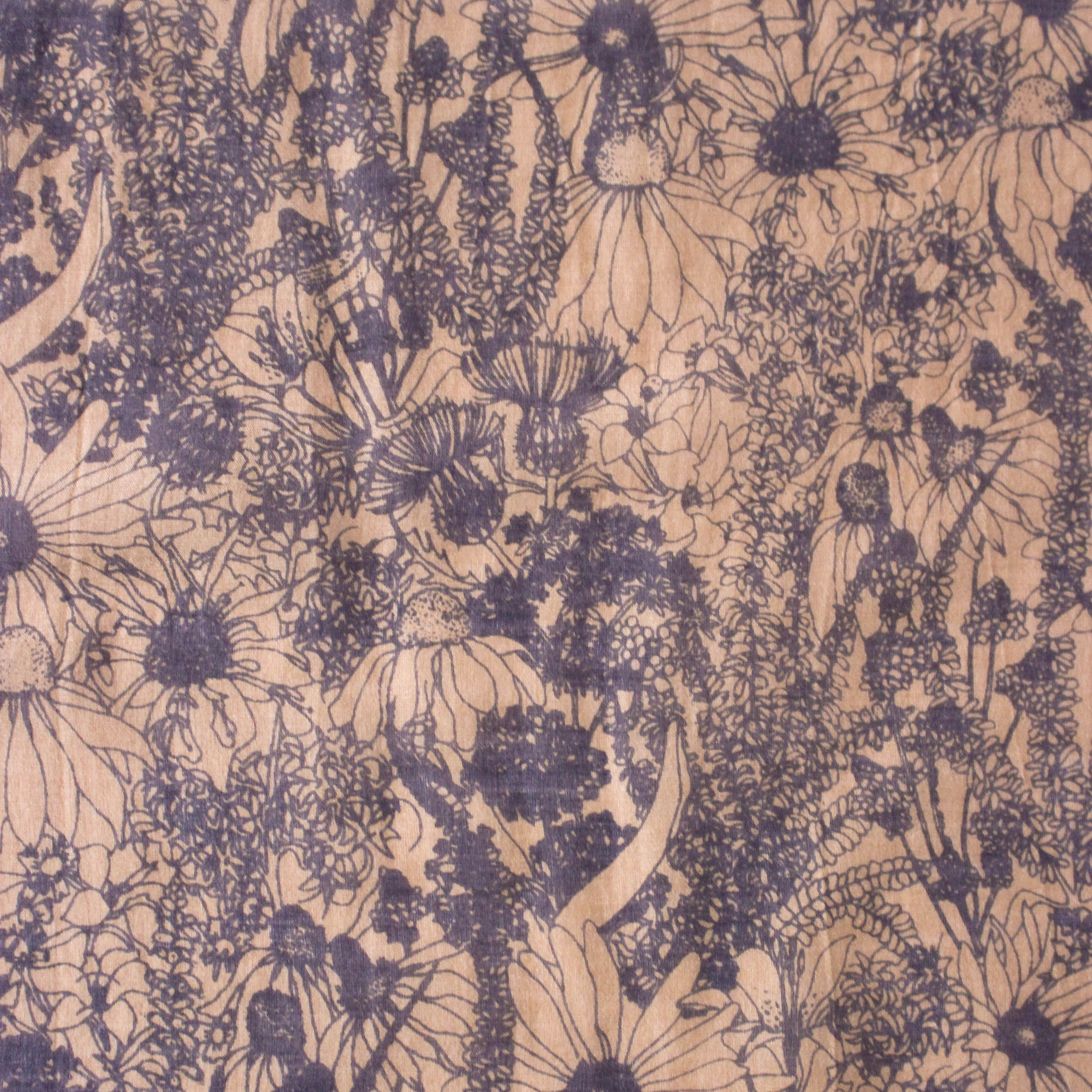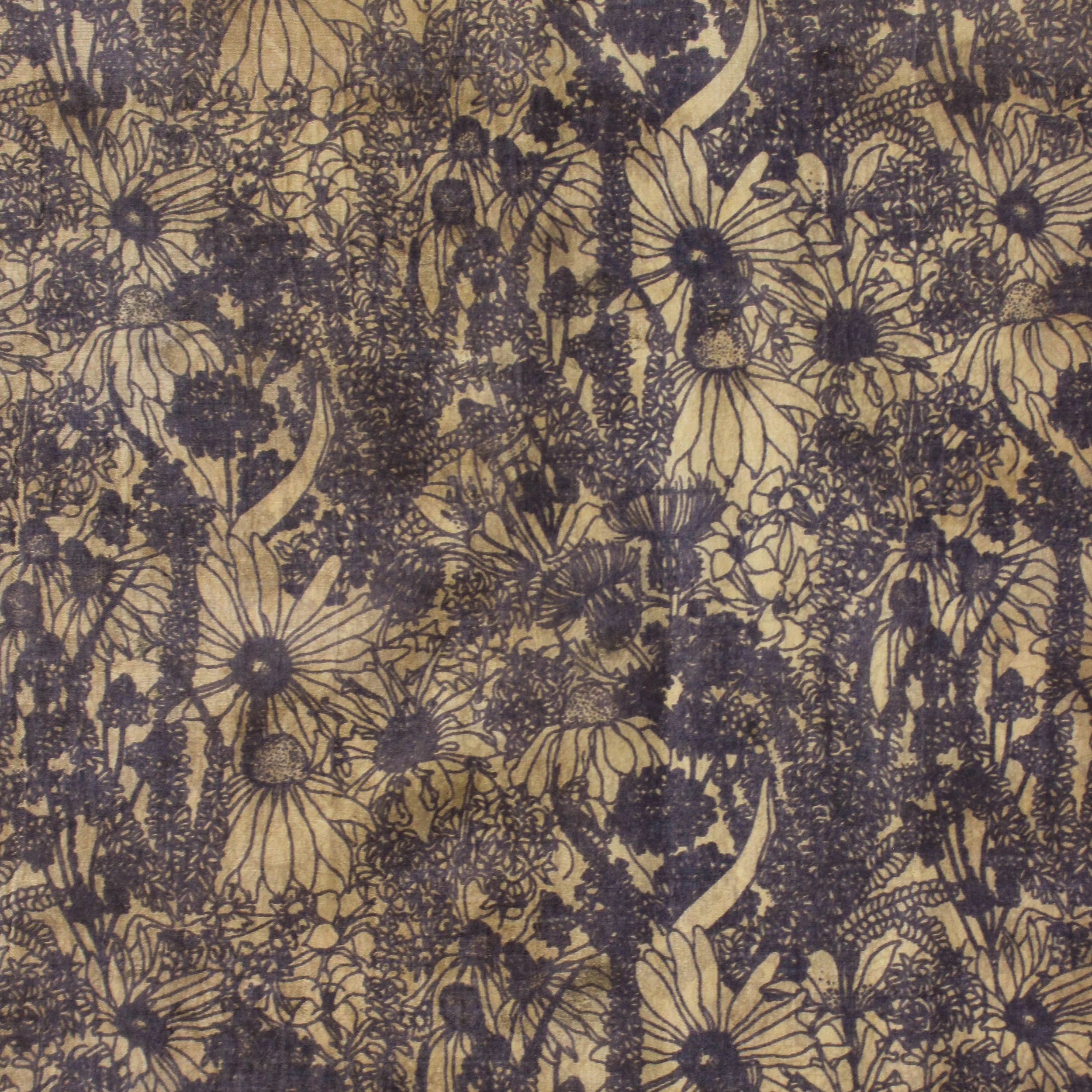PRAIRIE
Nourish One Another, Ad Infinitum
Wildly diverse, lusciously fertile and exceptionally cooperative prairie ecosystems once covered 40% of the United State’s landscape. Today, less than 1% of prairie ecosystems remain, making the tallgrass prairie the most endangered ecosystem in North America. The prairie is one of the most diverse and complex ecosystems in the world. Tallgrass prairies are home to an estimated 60 species of grasses and over 300 species of wildflowers and forbs. This habitat flourishes with the help of countless species of vertebrates and invertebrates working together to pollinate, decompose, and nourish one another, ad infinitum.
Seventy-five to eighty percent of prairie biomass is underground, with some species putting out roots that exceed twelve feet. This deep and intricate infrastructure of roots provide firm soil anchors, helping to prevent soil erosion, while also intercepting tons of water per hour, providing access to moisture deep underground, preventing floods, and filtering harmful impurities from the water it intercepts. As these roots die and decompose, organic matter is added to the soil making it some of the most rich and fertile in the world.
This rich soil is precisely why, 150 years ago, the Europeans decided to plow the prairie for planting domestic crops, completely decimating the prairie’s biodiversity, soil’s fertility, and the land’s ability to absorb and filter water. Without the prairie plant’s sophisticated root systems, and without the scores of organisms to decompose these roots, the soil will not remain fertile. This broken system has resulted in the land being doused with synthetic fertilizers and harmful pesticides in order to grow acres and acres of mono-cultures. The loss of these ecosystems has also resulted in massive flooding and toxic water runoff across the United States. Mono-cultures, factory farms, urban sprawl, manicured lawns and a total disregard for native species, have all contributed to the destruction of the prairies. As the great philosopher and conservationist, Aldo Leopold wrote, “When we see land as a community to which we belong, we may begin to use it with love and respect.” We must begin to think and live locally, understand our surrounding ecosystems and be good participants within them. May we learn this lesson from the prairie; while we allow the land to nourish us, we must always be mindful to return the favor.
A collection of naturally dyed and printed organic cotton-silk kerchiefs.
